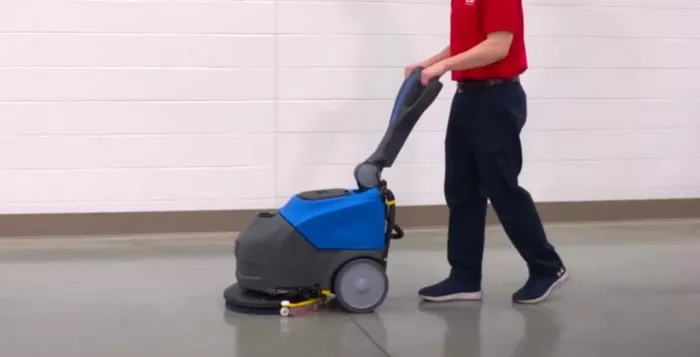A rotary washer is a modern cleaning tool that cleans surfaces by rotating, widely used in both household and commercial settings. These devices include but are not limited to rotary mops, electric rotary brushes, and rotary washing machines. When selecting the best rotary washer, considerations such as its working principle, usage methods, purchasing criteria, advantages, and disadvantages are crucial. The following is a professional guide based on search results to help you understand how to choose and use a rotary washer effectively.
Working Principle of Rotary Washers
Rotary washers operate on various principles, but their core function involves cleaning through rotation. For instance, electric rotary brushes use a motor to drive the brush head at high speed to remove stains. Rotary washing machines, on the other hand, utilize an internal rotary impeller to drive the washing drum at high speed, using the friction of water and detergent along with centrifugal force to remove stains from clothes.
Usage Methods of Rotary Washers
Proper usage methods are key to ensuring effective cleaning. Generally, before using a rotary washer, it should be charged or filled with water, and suitable brush heads or detergents should be chosen according to different cleaning tasks. During usage, align the rotary washer with the stains, gently push or brush, avoiding exerting excessive pressure on the rotary brush head to prevent damage.
How to Choose a Rotary Washer
When purchasing a rotary washer, factors such as cleaning requirements, budget, and brand reputation should be considered. For example, the Jiebika self-twisting mop is praised for its ease of operation and strong cleaning power. The Keimi electric rotary cleaning brush is recommended for its versatility and portability.
Advantages and Disadvantages of Rotary Washers
The advantages of rotary washers lie in their efficient cleaning ability and labor-saving features. However, they also have disadvantages, such as potential safety hazards (such as the risk of burns) and possible damage if not used properly.
FAQs
Q1: What should be noted when using a rotary washer?
A1: Avoid exerting excessive pressure on the rotary brush head to prevent damage. Ensure the device is fully charged or filled with water before use. Follow the instructions correctly, and in case of any abnormalities, stop using immediately and consult the user manual.
Q2: How to maintain a rotary washer?
A2: Regularly check if the device connections are secure to prevent detachment during use. When cleaning the brush head, remove it and rinse with clean water to avoid clogging. Store the device in a dry, ventilated place to prevent moisture and bacterial growth.
Q3: Can rotary washers be used for all cleaning scenarios?
A3: Not all rotary washers are suitable for all cleaning scenarios. For example, some rotary mops may not be suitable for cleaning delicate fabrics or sensitive surfaces. When choosing, clarify the cleaning goals and select the appropriate rotary washer accordingly.
Conclusion
Choosing the right rotary washer requires considering its working principle, usage methods, advantages, disadvantages, and applicable scenarios. During the actual purchase and usage process, attention should be paid to maintaining and using the device correctly to ensure cleaning effectiveness and device lifespan. With the above guide, you can better understand and purchase rotary washers, bringing convenience to your life.

